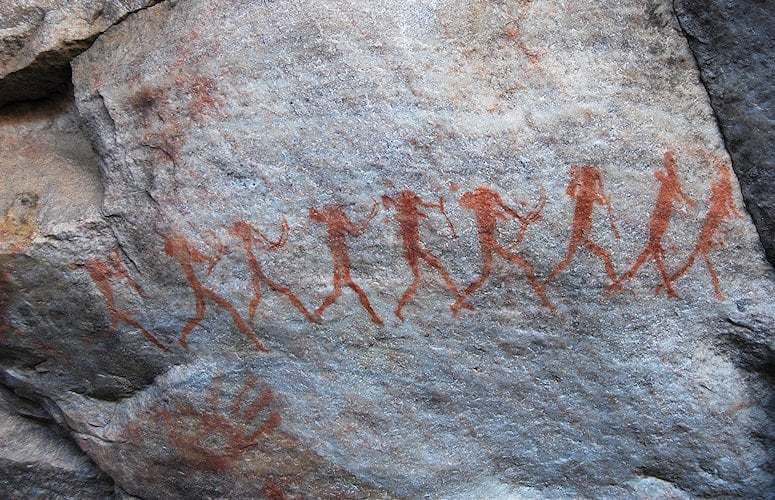- Home
- >
- African Safari
- >
- San Rock Art Viewing
Ancient Narratives: Decoding the Spirituality, Rituals, and Wildlife in Southern Africa's Galleries
San rock art offers a rare window into the beliefs, stories and daily lives of Southern Africa’s first inhabitants. Scattered across remote mountains, desert valleys and hidden rock shelters in South Africa, Namibia and Botswana, these ancient paintings and engravings invite travelers to step back thousands of years and experience the landscape through the eyes of the San.

Many of the region’s most rewarding sites are reached on guided walks through rugged, beautiful terrain – from the dramatic Drakensberg and Cederberg mountains in South Africa to the remote rock outcrops of Namibia’s Damaraland and Botswana’s Tsodilo Hills. Along the way, knowledgeable guides help interpret the symbolism of the figures and scenes, revealing how the San understood hunting, healing and the spirit world in these sacred places.
General Activity Information
Area and Setting
San rock art sites are typically found in rugged, scenic landscapes across Southern Africa – from the basalt cliffs and rolling foothills of the Drakensberg to the weathered sandstone of the Cederberg and the arid valleys of Namibia and Botswana. Many paintings and engravings sit beneath rock overhangs or in shallow caves that once served as seasonal shelters for San hunter-gatherers.
Visits usually form part of a guided walk from your lodge, a nearby trailhead or a national park rest camp. As you progress along mountain paths or rocky footpaths, your guide will point out plants, wildlife sign and landscape features that shaped San life, before arriving at the protected rock art panels themselves. The combination of natural beauty and cultural history makes these outings uniquely memorable.
What to Expect on a San Rock Art Outing
Most excursions begin with a short briefing on the San people, the age and significance of the art and the conservation rules that protect each site. You’ll then walk in small groups along a marked trail, with regular stops for viewpoints, flora and any wildlife encountered along the way.
At the shelters or rock faces, your guide will interpret key figures and scenes – including hunters, antelope, ritual dances and abstract shapes – explaining current archaeological thinking and San spiritual beliefs. Time is allowed for quiet observation and photography where permitted, always without touching the rock surfaces or disturbing the fragile pigment.
Best Time of Day and Year
Rock art viewing is best in the cooler hours of the morning and late afternoon, when walking conditions are comfortable and the angled light enhances the visibility of faded paintings and engravings. In summer, midday heat in mountain and desert areas can be intense, so earlier departures are strongly recommended.
These experiences are available year-round, though autumn and winter often bring clearer air and stable weather, especially in the Drakensberg and Cederberg. African Sky consultants can help time your visit for optimal hiking conditions and integrate rock art excursions with nearby safaris or coastal stays.
Riaan's Tips for San Rock Art Viewing
Prioritize Sites with Expert Interpretation
The art comes alive when a knowledgeable guide explains the symbolism and spiritual meaning behind each panel. Choose lodges and routes that emphasize interpretation rather than just “seeing the paintings” – it transforms a pleasant walk into a profound cultural experience.
Pack for a Comfortable Walk
Wear sturdy closed shoes, sun protection and layered clothing – mountain and desert areas can be cool in the morning and warm by midday. A small daypack with water, a hat and a light snack will keep you comfortable so you can focus on the art and the landscape, not the exertion.
Respect and Protect the Rock Art
These sites are irreplaceable cultural treasures. Avoid touching the rock surfaces, never use flash directly on the paintings and stick to established paths and viewing areas. Small acts of care from each visitor help ensure the art remains intact for future generations of travelers – and for the communities that hold these places sacred.









